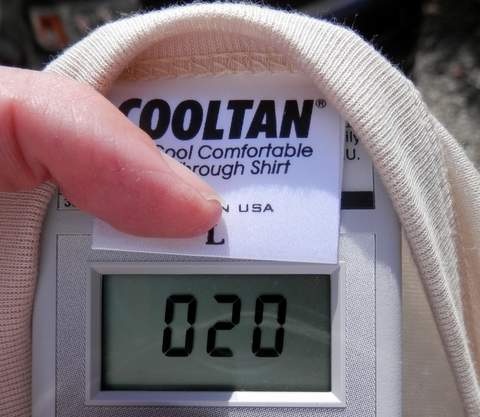Scotts having extremely low vitamin D got no, or only minimal treatment
Summary of this follow-up study in Scotland
282 people had vitamin D test results < 10 nanograms
Only 61% were getting any vitamin D replacement therapy after 3-15 months
Mean dose was an inadequate 800 IU of vitamin D
Maximum dose with 2000 IU
Only 1.4 % got a loading dose of vitamin D
Notes
Guess that < 50% of patients actually took the vitamin D pills
Personal note from author - most were told to take Adcal D3 twice a day
- 2 doses have 1200 mg of Calcium (in the form of Calcium Carbonate - which has the poorest bio-availabiilty, and 800 IU of vitamin D3
- Author declined to say what % were told to take Vitamin D2
– – – – – – – – – – –
Treatment of vitamin D deficiency: divergence between clinical practice and expert advice
Postgrad Med J doi:10.1136/postgradmedj-2011-130243
Mark Findlay1, Julia Anderson2, Susan Roberts3, Alison Almond4, Chris Isles1 chris.isles@nhs.net
1Department of Medicine, Dumfries and Galloway Royal Infirmary, Dumfriesshire, UK
2Department of Biochemistry, Dumfries and Galloway Royal Infirmary, Dumfriesshire, UK
3Pharmacy Department, Dumfries and Galloway Royal Infirmary, Dumfriesshire, UK
4Renal Unit, Dumfries and Galloway Royal Infirmary, Dumfriesshire, UK
Received 8 August 2011; Accepted 16 January 2012; Published Online 23 February 2012
Background Current recommendations for the treatment of vitamin D deficiency vary from calciferol 800 IU per day to loading doses of vitamin D followed by maintenance therapy of up to 2000 IU per day.
Objective To assess the preparations and doses of vitamin D used to load and maintain patients with serum 25-hydroxyvitamin D (25OHD) <25 nmol/l.
Methods We examined all requests for serum 25OHD over a 12-month period, from September 2009 to 2010 in southwest Scotland. We wrote to all 33 general practices asking whether they usually started replacement therapy with a loading dose and/or recommended over-the-counter maintenance preparations. We accessed the Emergency Care Summary for all patients with serum 25OHD <25 nmol/l to determine whether they had been prescribed maintenance therapy.
Results Serum 25OHD was requested in 1162 patients. Levels were <25 nmol/l in 282 (24%) patients, only 173 (61%) of whom were receiving vitamin D replacement therapy 3–15 months after diagnosis. Only four (1.4%) were prescribed a loading dose. One hundred and fifty-three (54%) were treated with cholecalciferol or ergocalciferol and 19 (7%) with alfacalcidol or calcitriol. The median dose of chole/ergocalciferol was 800 IU per day, usually in combination with 1200 mg calcium per day.
Conclusions We have shown a divergence between clinical practice and even the most conservative expert advice for vitamin D replacement therapy.
Possible explanations are conflicting advice on treatment and difficulty obtaining suitable vitamin D preparations, particularly high dose vitamin D and vitamin D without calcium, in the UK.
See also VitaminDWiki
UK doctors can now prescribe 800 IU of vitamin D – Dec 2011 that large of a pill was not available previously
Vitamin D - Experts' Forum – presentations April 2011 including one by Oliver Gillie : PDF and Video
Three free vitamin D books - focus on Scotland 2004-2008 All by Oliver Gillie
UK summers are not long enough to re-stock vitamin D – Aug 2010
Vitamin D in the UK = Vitamin D Association
Vitamin D UK 45 year olds by Hyppönen
Many reasons why vitamin D deficiency has become epidemic in past 30-40 years
Vitamin D Recommendations around the world: IU and nanograms
OBGYN College in UK still recommends only 400 IU during pregnancy – Jan 2012
- “It is difficult to get a man to understand something when his salary is dependent upon his not understanding it” Upton Sinclair
World Wide Vitamin D levels - Aug 2011 note low vitamin D levels in the UK on the following graph

See also web
- UK Health Policy regarding Vitamin D - Dr Oliver Gillie Video July 2011
Map of solar radiation in UK - including clouds

from the following global map

When there is little sun people might consider wearing shirts which allow sun to get to the skin
TanThrough Shirt (be sure to not wear a tee shirt)

